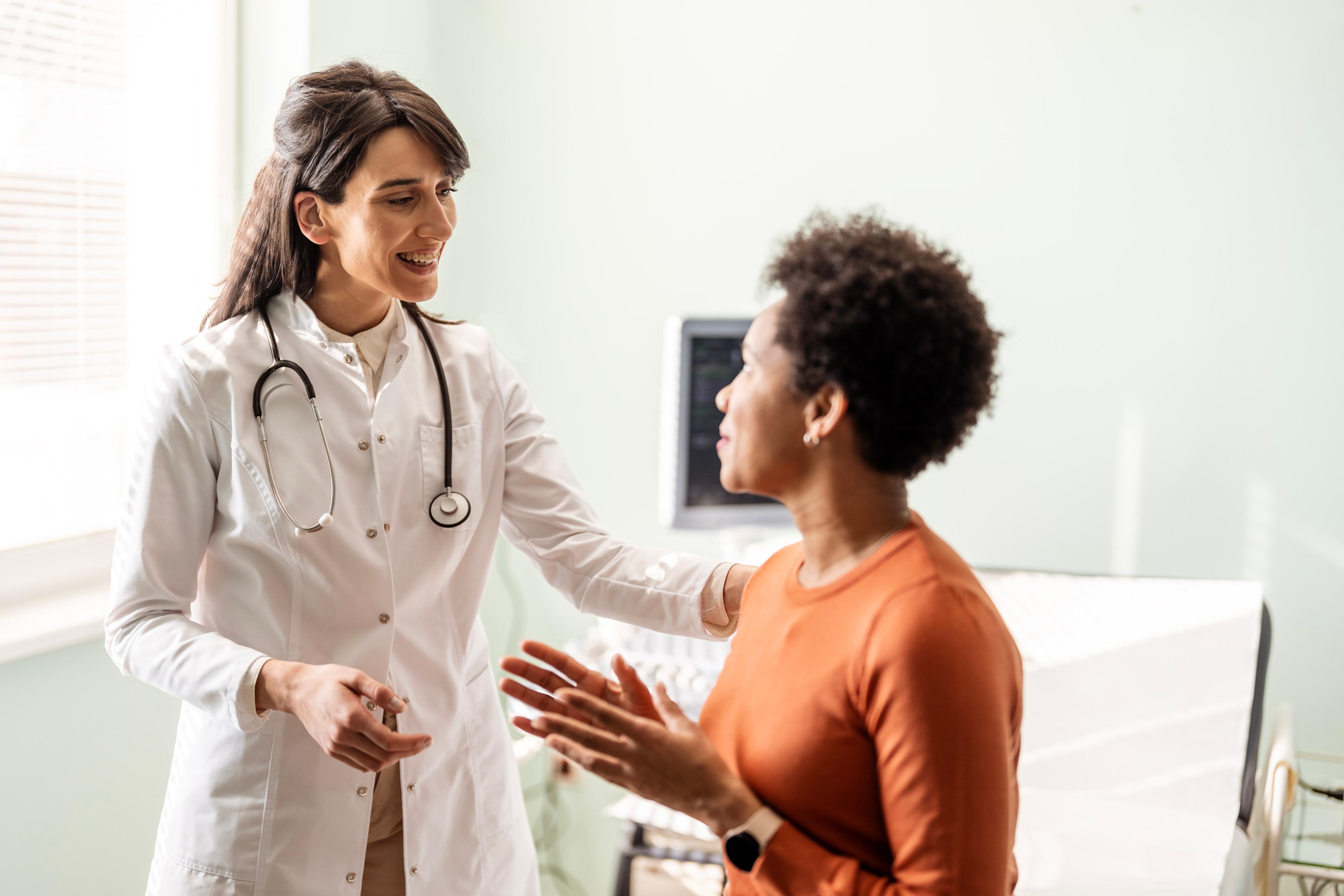
Daily relaxation allows time for rejuvenation and can help improve well-being. Relaxation, which may look different for everyone, is a skill that ties the body, attitude and emotions together. In addition to slowing your heart rate and breathing, practicing relaxation can also affect your mind, slowing your brain waves, which can lead to a sense of calm and wellness, according to the Mayo Clinic. Below are some suggestions for creating space, practicing mindfulness, auditing thoughts and obtaining rest to cultivate relaxation. Create and maintain space by creating healthy boundaries:
- Allow time before starting and ending the day to do something for yourself.
- Declutter your space, make it inviting to you.
- Take a walk in the middle of the day and engage with nature.
- Listen to soothing music.
Practice mindfulness during everyday activities:
- Mindful breathing includes focusing attention on the breath — the inhale and the exhale or the rise and fall of the belly to help bring clarity and calm to the mind and body.
- Mindful walking includes being aware of present surroundings, sights and sounds — noticing how the body moves and makes contact with the ground, expanding awareness of the present moment.
- Mindful eating includes slowing down to notice the sensations and signals the body sends about taste, satisfaction and fullness to help improve and manage food cravings.
- Connect with the mind and body through progressive muscle relaxation. Starting at the top of the head and working your way down to your toes, tense and relax a body part for 10 to 20 seconds.
Check in and rewrite negative thoughts:
- Isolate the thought and recognize what is going on.
- Note the emotion that went along with the thought.
- Identify why the thought and emotion are there.
- Rewrite the script to reflect a positive situation and outcome.
- Note the new emotion that results.
Get enough of the right rest:
- Physical rest includes making time for yoga, tai-chi, stretching and massage to maintain flexibility and promote blood flow through the body.
- Mental rest can be experienced by focusing on the breath, counting to 10 or journaling thoughts to improve concentration and ease an overactive mind.
- Sensory rest comes from time spent away from screens, background noises and conversations, perhaps in nature.
- Creative rest can include spending time outdoors, awakening the senses to the awe and wonder in nature or turning a space into something inspiring by filling it with things that offer meaning and joy.
- Emotional rest comes from the ability to be authentic, to freely express feelings and to spend time with positive and supportive people.
- Spiritual rest comes from having a deep sense of belonging, love and purpose, not only with self, but also with family, friends and the community.
Learn more about cultivating relaxation in daily life in this Blue Cross Virtual Well-BeingSM webinar. You can also sign up for future employer-focused and general interest webinars here, where you’ll find past sessions and resources. Related:
- Self-reflection of Your Past 168 Hours
- Nutrition Challenge: Eat Three Vegetables a Day for 21 Days
- Random Acts of Kindness Boost Your Well-Being
Photo credit: Getty Images





